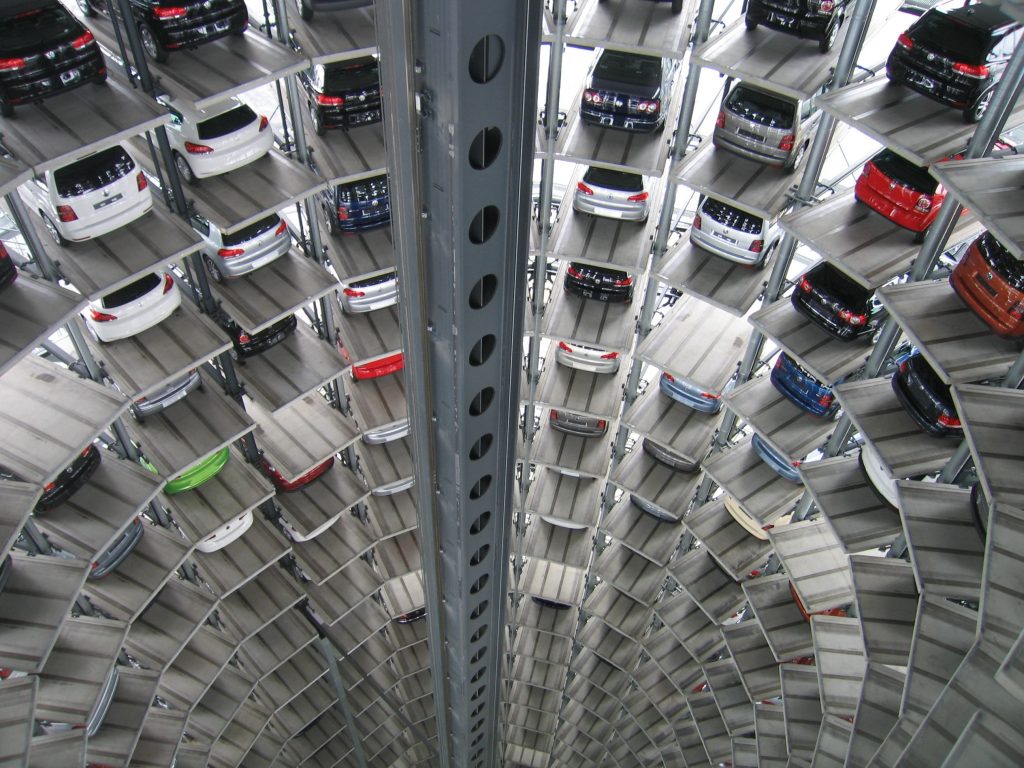The automobile has become an indispensable component of our everyday lives, transforming the way we commute, travel, and engage with the world surrounding us. The automobile has truly come a long way, from its humble origins as a basic horseless carriage to the highly advanced and sophisticated machines that we see on the roads today. Not only has it revolutionised our means of transportation, but it has also had a profound impact on our economy, culture, and society. The rapid progress of technology and the growing popularity of electric and autonomous vehicles prompt us to contemplate the historical journey and development of the automobile. This article will take you on an intriguing voyage through the history of automobiles, unravelling their beginnings, significant breakthroughs, and the profound influence they have had on society. So buckle up and join us as we take a nostalgic journey and examine the remarkable evolution of the automobile. And examine the remarkable evolution of the automobile.
Origin: Invention of the first automobile.
Revolution: Introduction of mass production.

Advancements: Fuel efficiency and safety features.

